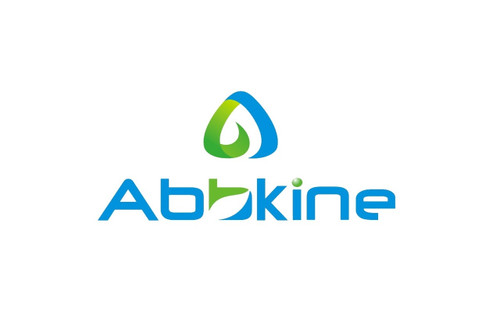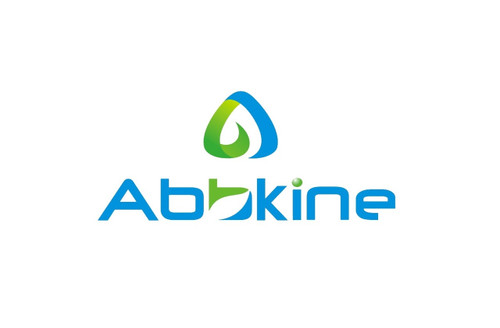Product Description
Human Target of EGR1 protein 1 (TOE1) ELISA Kit | AE13843HU | Abebio
Species Reactivity: Human (Homo sapiens)
Abbreviation: TOE1
Alternative Name: FLJ13949;
Application: ELISA
Range: Request Information
Sensitivity: Request Information
Intra-Assay: ≤5.3%
Inter-Assay: ≤7.2%
Recovery: 0, 85
Sample Type: Serum, Plasma, Other biological fluids
Detection Method: Sandwich
Analysis Method : Quantitive
Test Principale: This assay employs a two-site sandwich ELISA to quantitate TOE1 in samples. An antibody specific for TOE1 has been pre-coated onto a microplate. Standards and samples are pipetted into the wells and anyTOE1 present is bound by the immobilized antibody. After removing any unbound substances, a biotin-conjugated antibody specific for TOE1 is added to the wells. After washing, Streptavidin conjugated Horseradish Peroxidase (HRP) is added to the wells. Following a wash to remove any unbound avidin-enzyme reagent, a substrate solution is added to the wells and color develops in proportion to the amount of TOE1 bound in the initial step. The color development is stopped and the intensity of the color is measured.
Product Overview: Target of EGR1 protein 1 is a protein encoded by the TOE1 gene.Egr1, an immediate early transcription factor, responds to diverse stimuli and affects gene transcription to accomplish its biological effects. One important effect of Egr1 expression is to decrease the growth and tumorigenic potential of several tumor cell types. To identify important Egr1 target genes, adapted a methodology involving formaldehyde-induced protein-DNA cross-linking, chromatin immunoprecipitation, and multiplex PCR. Using this approach, report the cloning of a new Egr1 target gene that is able to account, at least in part, for the growth inhibitory activity of Egr1. TOE1 belongs to the CAF1 family. inhibits cell growth rate and cell cycle. Induces CDKN1A expression as well as TGF-beta expression. mediates the inhibitory growth effect of EGR1.
Stability: The stability of ELISA kit is determined by the loss rate of activity. The loss rate of this kit is less than 5% within the expiration date under appropriate storage condition. The loss rate was determined by accelerated thermal degradation test. Keep the kit at 37°C for 4 and 7 days, and compare O.D.values of the kit kept at 37°C with that of at recommended temperature. (referring from China Biological Products Standard, which was calculated by the Arrhenius equation. For ELISA kit, 4 days storage at 37°C can be considered as 6 months at 2 - 8°C, which means 7 days at 37°C equaling 12 months at 2 - 8°C) .
 Euro
Euro
 USD
USD
 British Pound
British Pound
 NULL
NULL








